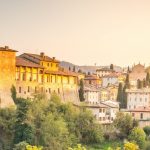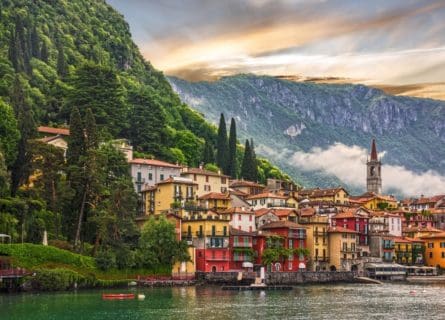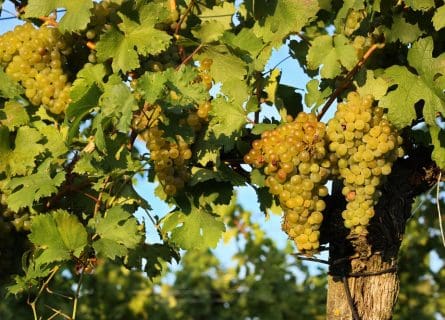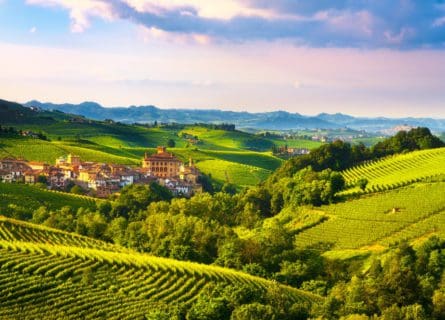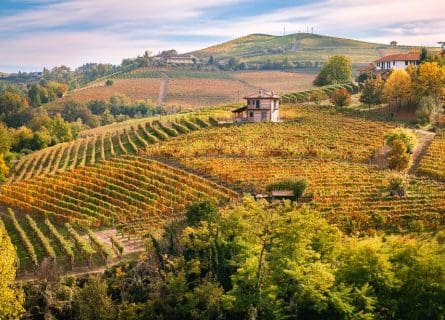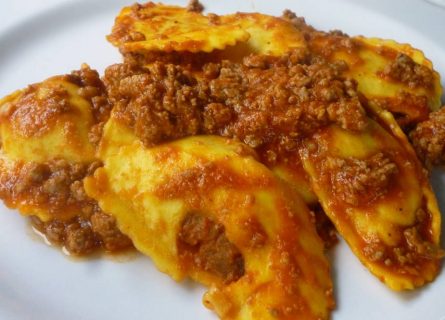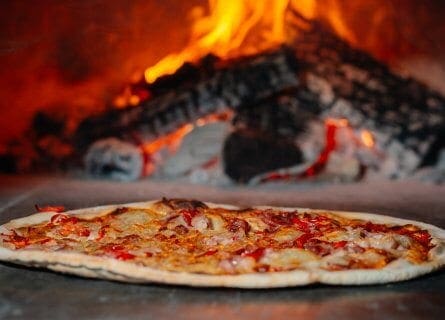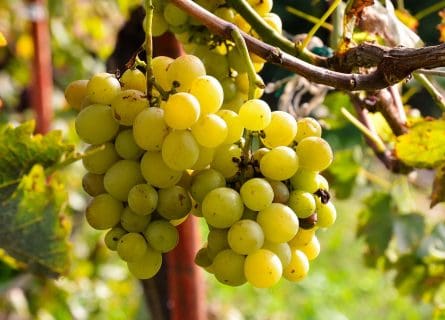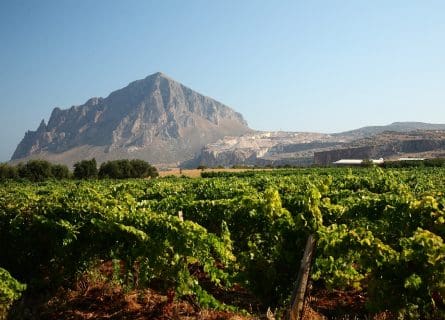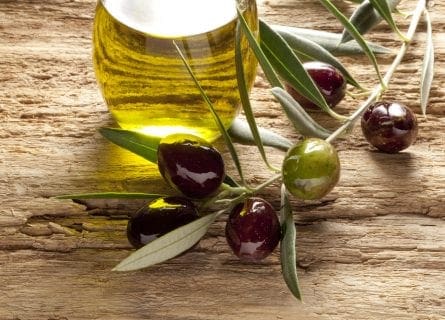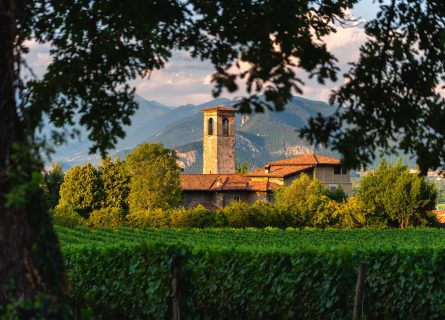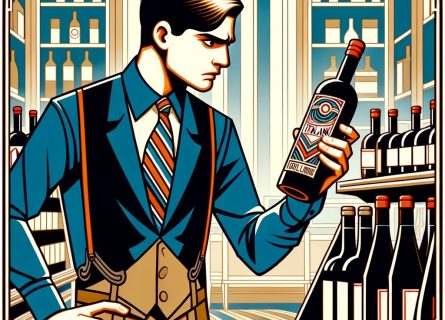Ferrara Travel Guide
Italy's Hidden Renaissance Jewel, Where Timeless Art Meets Modern Vibrancy, Just a Pedal Away from Venice and Bologna
One of Italy’s best-kept secrets, the small northern town of Ferrara, is off most travelers’ itineraries, making discovering it all the more rewarding for those in the know. Encircled by medieval walls stretching more than nine kilometers and home to an enchanting castle and darkly beautiful cathedral, this lesser-known Renaissance town is only a half-hour train ride from Venice and 50 kilometers from gourmet Bologna. However, its quiet streets are worlds away from the city’s hustle and bustle.
Ferrara is a fantastic place to explore by bike, and locals and visitors alike pedal their way around town. There are several places to rent bikes near the center. Ferrara is a favorite with architecture buffs, best known for the small yet intricately decorated Renaissance palaces that dot the center. It also has terrific art collections, like the National Picture Gallery, where masters of the Ferrara School give proof of the town’s long cultural heritage. Yet, not all of the town’s charms come from the past. The 12,000 students at Ferrara’s University (where Copernicus studied) infuse the streets with a vibrant, lively atmosphere. The relaxed café ambiance and inviting restaurants make this an ideal spot for a leisurely, enjoyable retreat over a few days.
A fortified city as far back as the Byzantine era, this small town in the Emilia-Romagna region followed the destiny of so many northern towns, becoming an independent commune (“independent” is a relative term; the powerful Este family controlled the city) in the 12th century. It thrived as a cultural and artistic hotspot for centuries before becoming part of the Papal States and eventually becoming part of a unified Italy in the 19th century. Many of its most notable plazas, palaces, and monuments date to the 14th century when the Este family held court and invested vast sums of money to bring the city up to their standards.
-
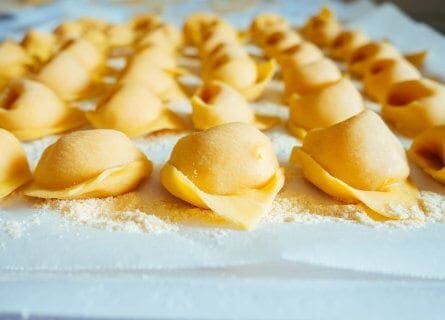
Cappellacci di Zucca Gastronomy & Wine
Ferrara, which sits on the northeastern edge of the Emilia-Romagna region near the Veneto, reveals the influence of both regions’ cuisines. As in the rest of Emilia-Romagna, restaurants here serve generous plates heaped with egg-based pasta piled with fragrant ragù sauce. Also on the menu are thick soups made with local legumes or fresh vegetables, crusty wheat rolls called coppiette (Ferrara is famous for this bread), and the crisp fritters ubiquitous in the area. Traditional local food like “Salama da Sugo,” a heavy winter dish of cooked salami made with different meats.
Eel is very typical, coming from the Polesine area (“Delta del Po,” where the Po River spills into the sea), for example, around Goro. Clams from the delta are also common on restaurant lists. Classic Ferrara dishes include “Panpepato” (Christmas chocolate cake), “Cappellacci di Zucca” (a type of ravioli stuffed with pumpkin), and Pasticcio Alla Ferrarese (a delicious meat pie). There are also Jewish influences in the local cuisine. Ferrara’s kitchens focus more on seafood than those in other regional cities (Bologna, Parma, Modena), reflecting a Venetian touch.
Food Anecdote: The traditional Italian dessert, “Zuppa Inglese” (which means “English soup”), was invented in Ferrara at the Este court in honor of the visiting English noblewoman, Lady Hamilton. It is an Italian form of English trifle laced with alchermes, an Italian vanilla-based liqueur. The Este family, so dominant during the Renaissance, were famous for their court’s gastronomic heritage.
Citywide restaurant wine lists are similarly varied, with Prosecco and Amarone from the nearby Veneto sharing space with Emilia-Romagna’s easy Lambruscos, the nectar-like Albana Passito, jammy Sangiovese di Romagna, and fragrant Cabernets. Ferrara, which sits on the banks of the Po di Volano River (a branch of the Po), actually lies outside the significant wine-growing areas, nearly all of which are southwest of Bologna.
A Guide to the Gastronomy and Cuisine of Emilia Romagna: Read more
Highlights
-
Castello Estense de Ferrara
The former stronghold of the ruling Este family, this medieval castle with a moat dominates Ferrara’s old town much as it did when this was the center of the area’s power and prestige.
-
Duomo
The Cathedral of San Giorgio, dating to 1135, effortlessly combines Romanesque and Gothic architecture to striking effect.
-
University
Nicolaus Copernicus and Paracelsus both studied at Ferrara’s university, which was founded in 1391 and still has schools of law, architecture, pharmacy, medicine, and natural science.
-
Defense Walls
More than 9km of defensive walls dating to the 15th and 16th centuries wrap themselves around old Ferrara.
-
Palaces
Ferrara is considered one of the best places to see Italian Renaissance architecture, thanks to the considerable number of 15th and 16th palaces here. While these palaces aren’t the most opulent you will find, their small scale makes them even more appealing. The best-known palace is the Palazzo dei Diamante, now home to the National Picture Gallery, which showcases an impressive collection of works from the Ferrara School.
-
Jewish Quarter
From the 17th- 19th centuries, Ferrara’s Jewish community was pushed into a ghetto near the Castello Estense. These days, you can visit the old synagogue and an interesting Jewish museum on the Via Mazzini.
Recommended for you
More information
If you would like us to customize an exclusive luxury tour, contact us and let us know your travel plans. We offer luxury food and wine tours for private groups of a minimum two guests. In addition, all of our private, chauffeured tours are available year-round upon request.

